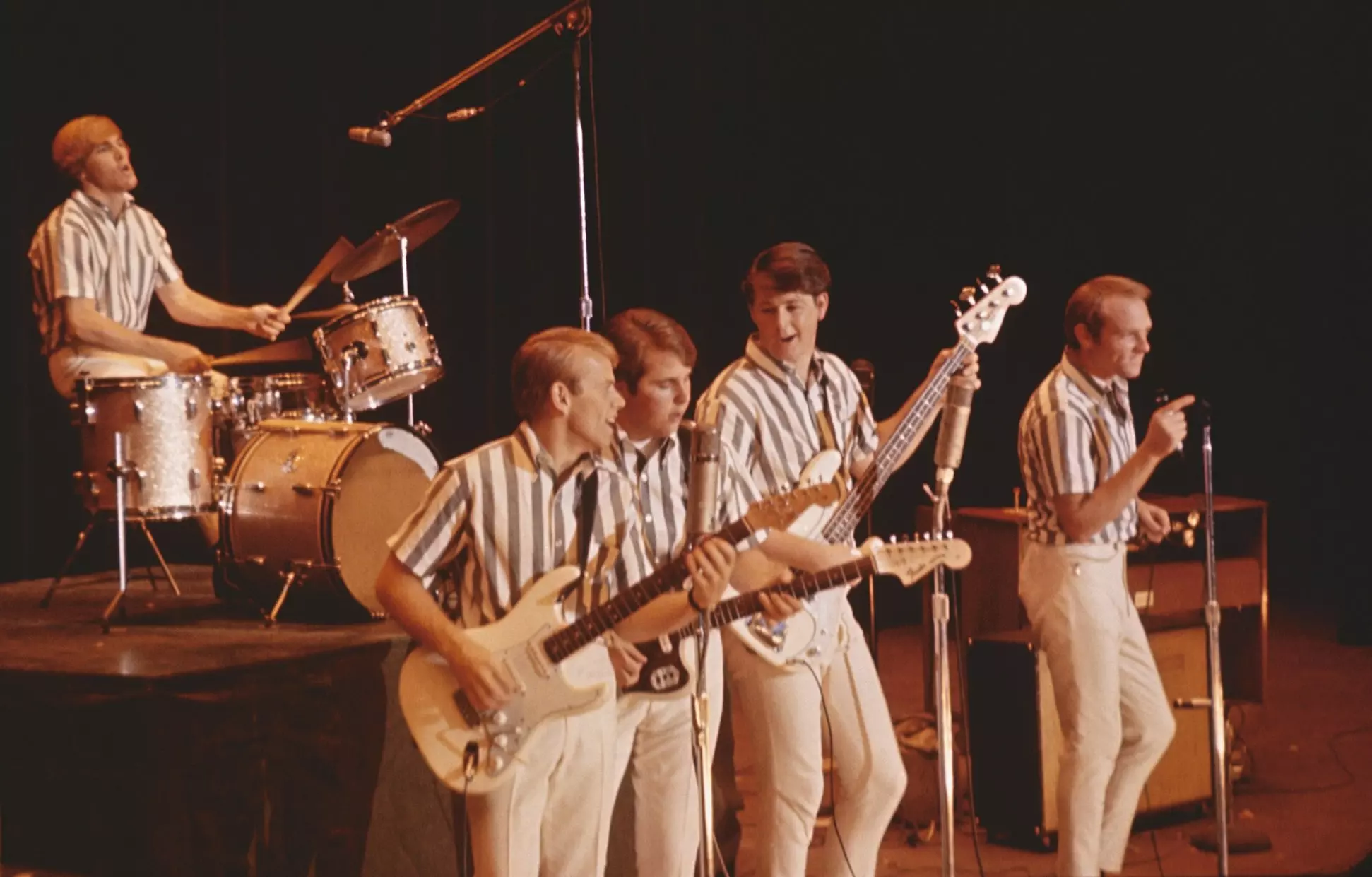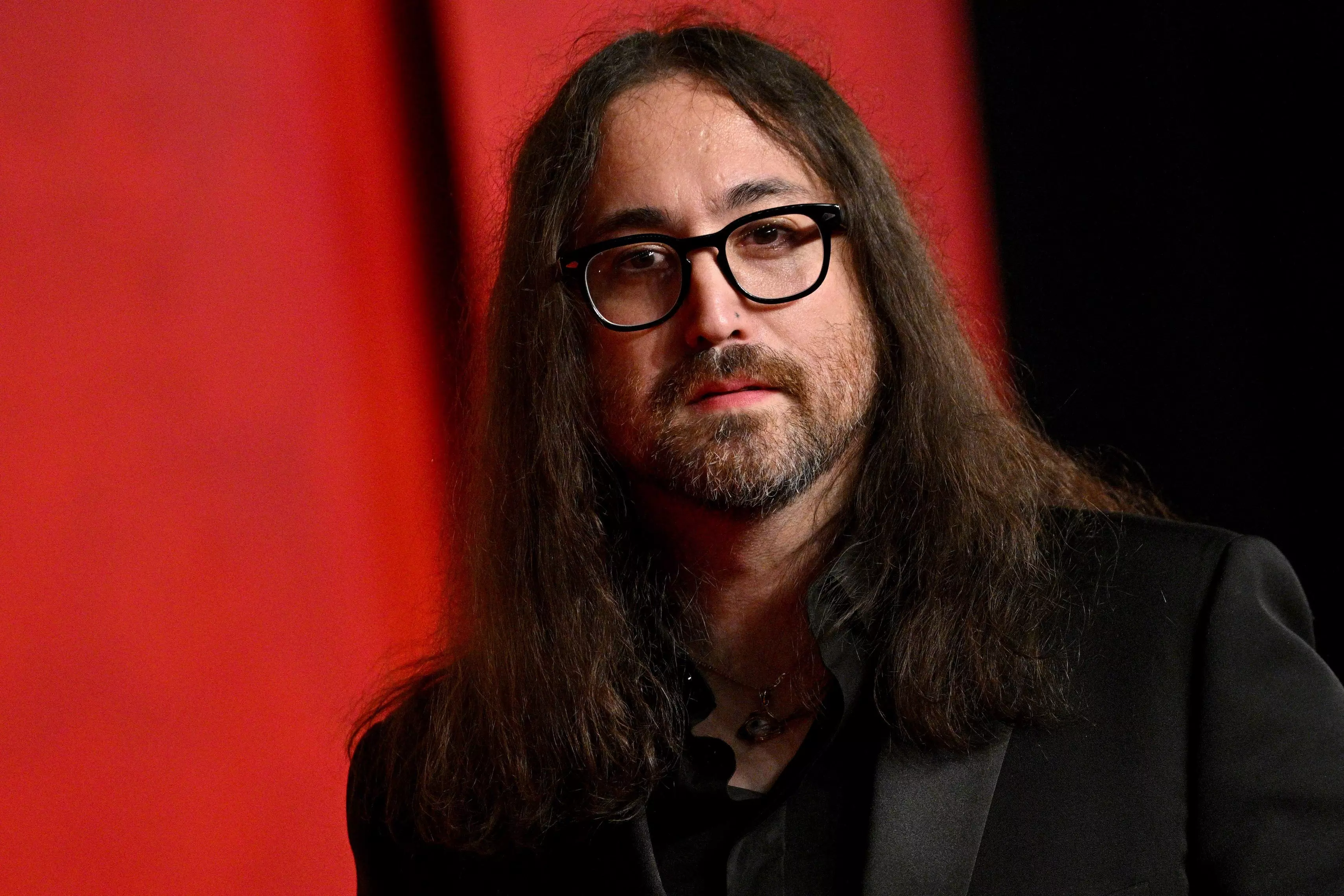Headbanging metal fans tired of the same old autumn holidays such as Halloween and Thanksgiving are in for a raucous treat on Nov. 11. VH1 Classic has officially declared 11/11/11 as National Metal Day, a daylong holiday designed to celebrate "all things metal." Starting Nov. 1, the network will air programming featuring such GRAMMY-winning heavyweights as Black Sabbath, Judas Priest, Metallica, and Motörhead, among others. Additionally, VH1 Classic will debut "Metal Evolution," an 11-episode documentary designed to provide a detailed glimpse into metal's family tree. Of course, every holiday needs tradition. With that in mind, we present four potential National Metal Day celebratory rituals: Crank up the guitar at six minutes past 6 a.m. and play six random notes and then go back to bed; blast Judas Priest's "Breaking The Law" at 11 while driving the speed limit in front of the local police station; serve a home-cooked dinner with baked bat as the main course; or play Moles 'N Whiskey, a drinking game entailing watching the documentary Lemmy and taking a swig of whiskey every time Lemmy Kilmister's moles appear on-screen.
If Tweeters Anonymous meetings existed, John Mayer and Lupe Fiasco would be in the front row. Mayer recently told Rolling Stone why he quit the 140-character social networking platform, revealing that it stifled his writing ability. "I had 4 million Twitter followers, and I was always writing on it," said Mayer. "I stopped using Twitter as an outlet and I started using Twitter as the instrument to riff on, and it started to make my mind smaller and smaller and smaller. And I couldn't write a song." Scientific data on whether Twitter actually does make the brain smaller has yet to surface, but, possibly as a means of prevention, Fiasco is also jumping off the Twitter boat. On July 13 Fiasco tweeted, "I'm quitting twitter. It was fun while it lasted…." But just one hour later, a tweet was sent under Fiasco's account from singer/songwriter Nikki Jean, who tweeted, "Big thank you to @LupeFiasco for supporting my record. He won't be gone for too long. Promise." Could this be the beginning of a massive Twitter exodus? While it might make Prince happy, we sure hope not.
How many voices does it take to wake up an entire space shuttle crew? Just one…if it's the voice of Sir Elton John. On July 13 the crew aboard space shuttle Atlantis was appropriately awakened by the serenading sounds of John singing "Rocket Man (I Think It's Going To Be A Long Long Time)." Following his performance, the GRAMMY winner had a few heartwarming words for the crew. "We wish you much success on your mission," said John. "A huge thank you to all the men and women at NASA who worked on the shuttle for the last three decades." The serenade played a ceremonious part in Atlantis' orbit as July 8 marked the shuttle's final launch, nearly three decades after its first on Oct. 3, 1985. The crew on the shuttle was more than just a little surprised. "Wow, Elton John. That is absolutely fantastic," said one crewmember. "Thank you Elton for taking the time to join us…it's great to be here and it's great to be in space." According to a report, this is the fourth time John's 1972 hit has been used as a wake-up call for crews aboard space shuttles Atlantis and Discovery, but it likely was the first time a crew has been given a special live performance.
File under "What do you expect when you have the word fighter in your name?" Foo Fighters lead singer Dave Grohl found himself giving an audience member a time-out for fighting in the crowd at the band's July 11 iTunes Festival show in London. However, Grohl used much more colorful language than "time-out." You can watch the PG-13 Grohl, the father of two, get disciplinary on the audience member (FYI, NSFW).
Meat-loving fans planning to attend future Morrissey concerts should proceed with extreme caution. Concertgoers at a Morrissey gig in the UK on July 8 were escorted to security to check their bags for any meat products before entering the hall. Of course, Morrissey made headlines in 2009 after he stormed off stage at the Coachella festival after smelling the aroma of burning meat. But we believe this is the first time fans, other than those of Cannibal Corpse, have been searched for meat products upon entering a concert. In related meaty news, Beatles legend and fellow vegetarian Paul McCartney has refused Weird Al Yankovic's request to spoof his solo hit "Live And Let Die" under the title "Chicken Pot Pie." "He didn't want a song used in any context that would be supposedly promoting the consumption of animal flesh," Yankovic told ESPN. Apparently Macca still had a good laugh and welcomed music's resident funnyman to think of any other subjects for his songs and he'd happily "O.K. it." Note to Weird Al: How about "Soy Soy Soy"?
LMFAO's "Party Rock Anthem" featuring Lauren Bennett and GoonRock Pitbull is No. 1 on the Billboard Hot 100 and Demi Lovato's "Skyscraper" is No.1 on the iTunes singles chart.
Any news we've missed? Comment below.
For the latest GRAMMY news, visit us on Facebook, Twitter and YouTube.



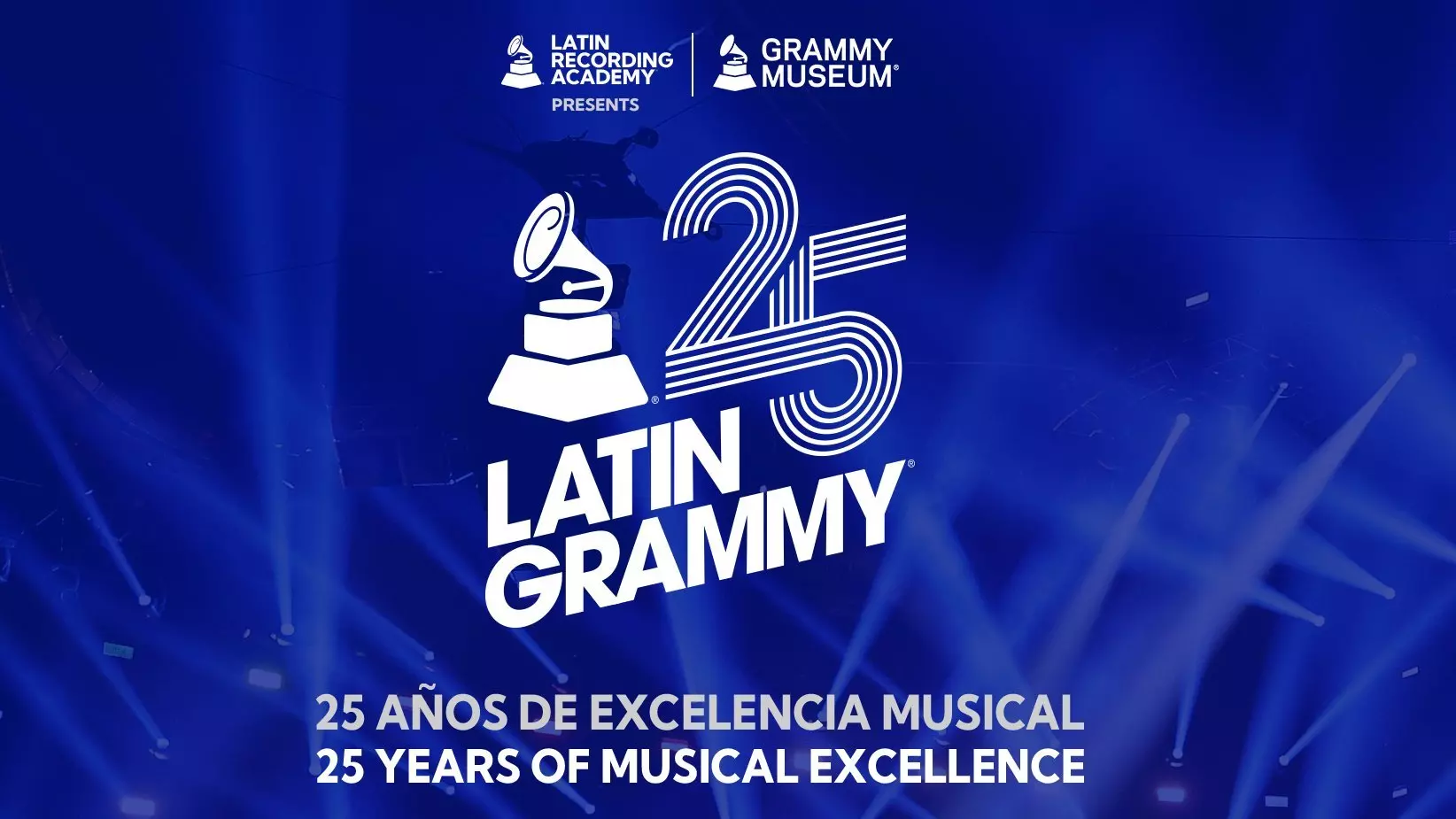
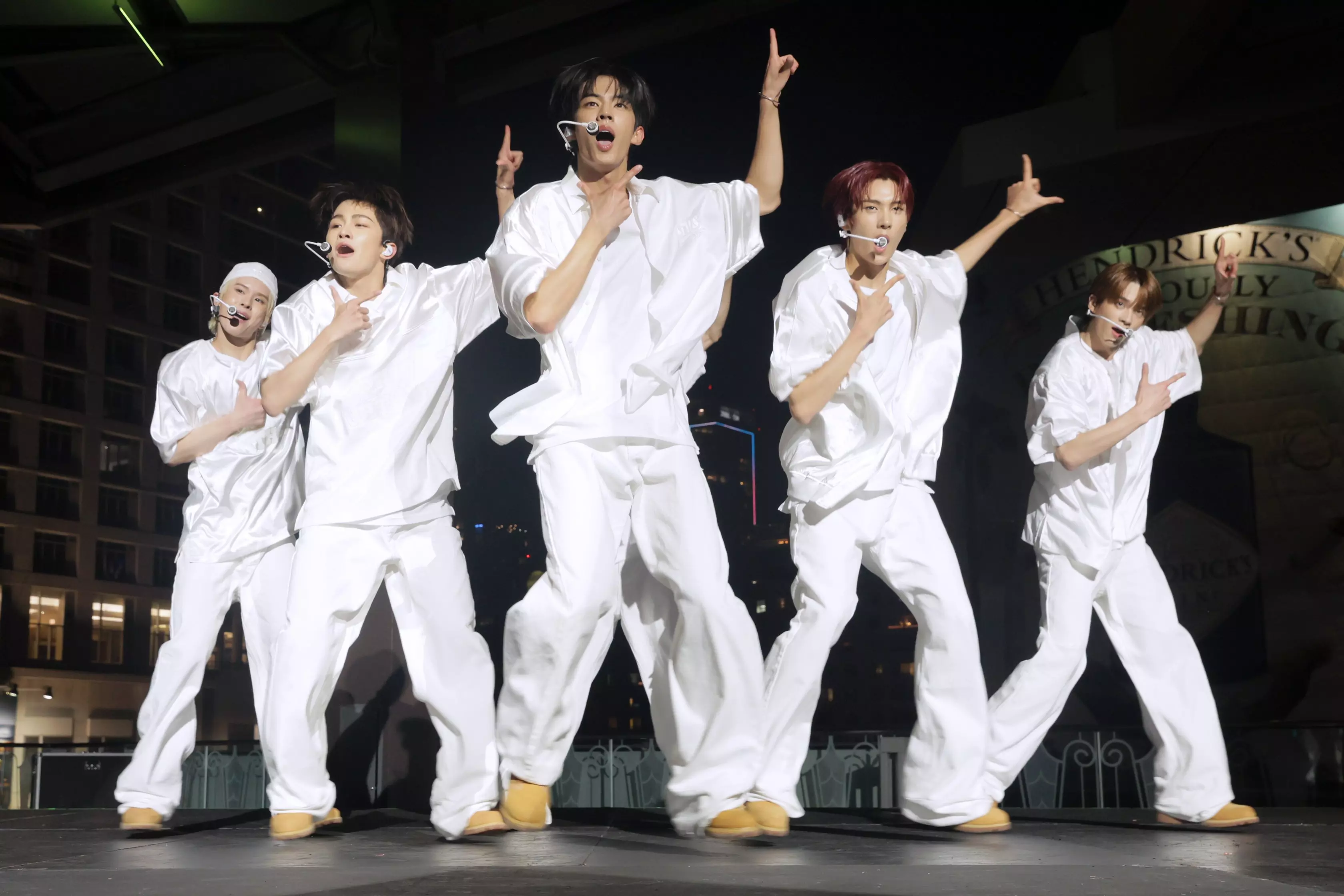
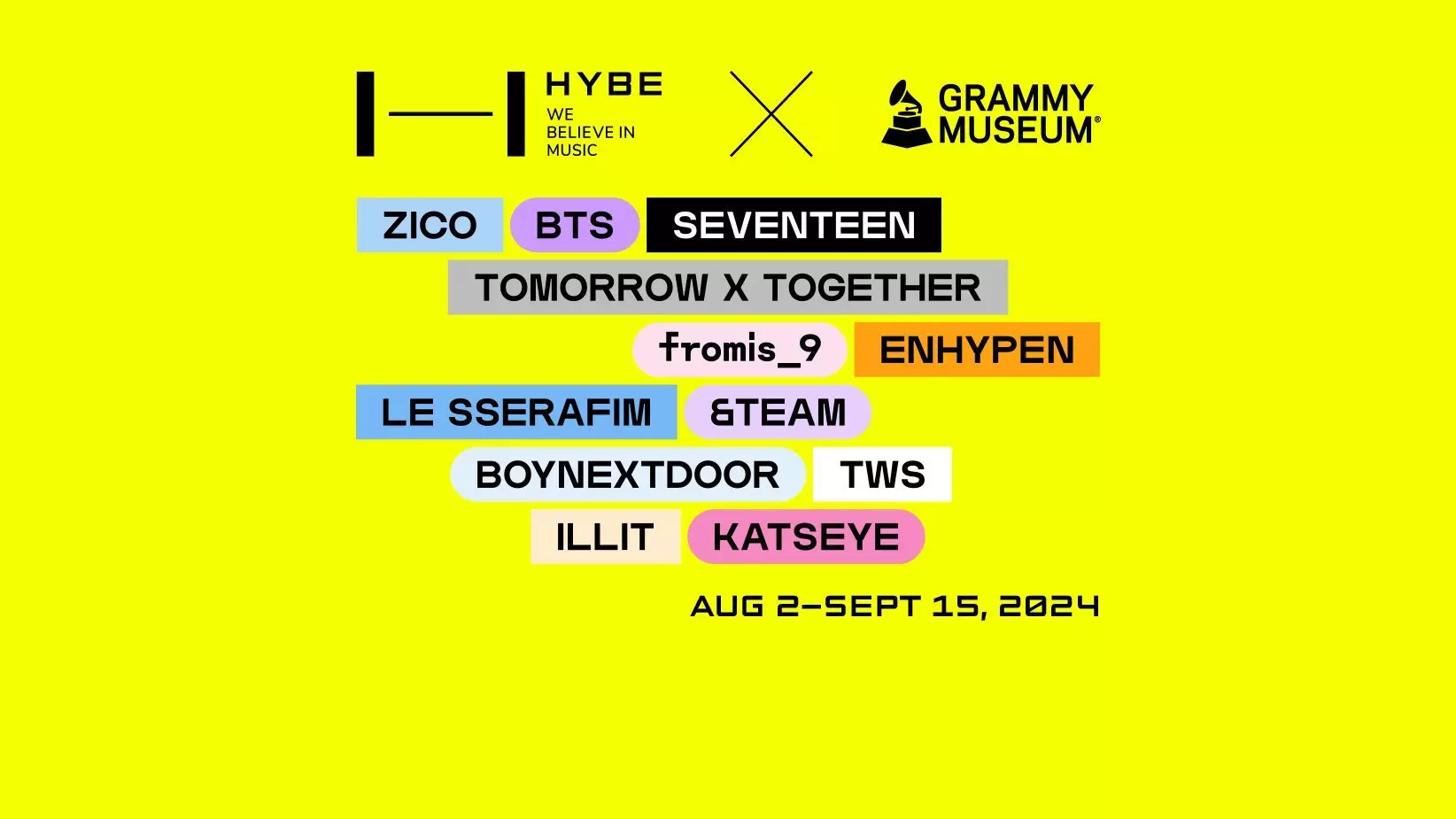

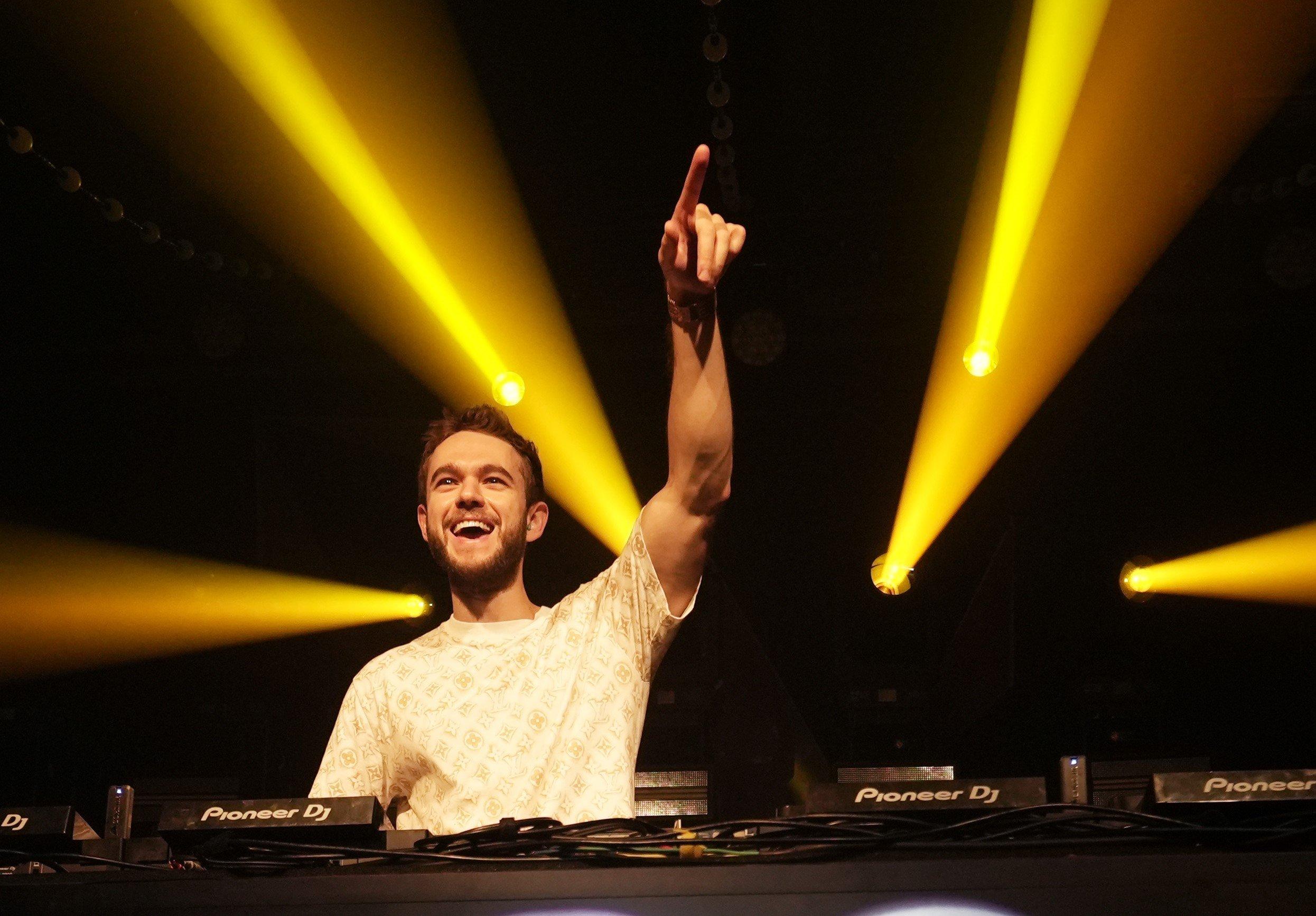

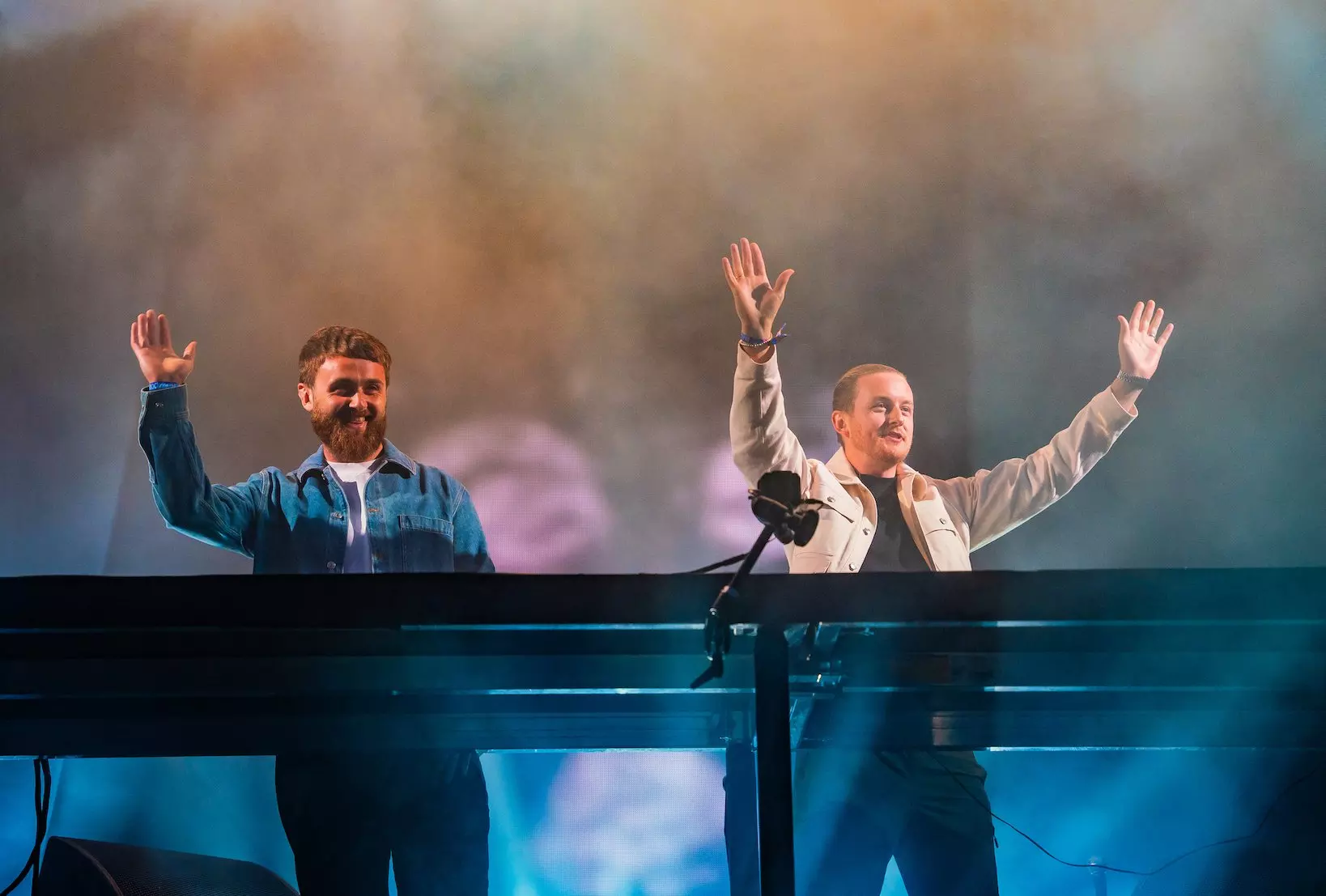
.webp)
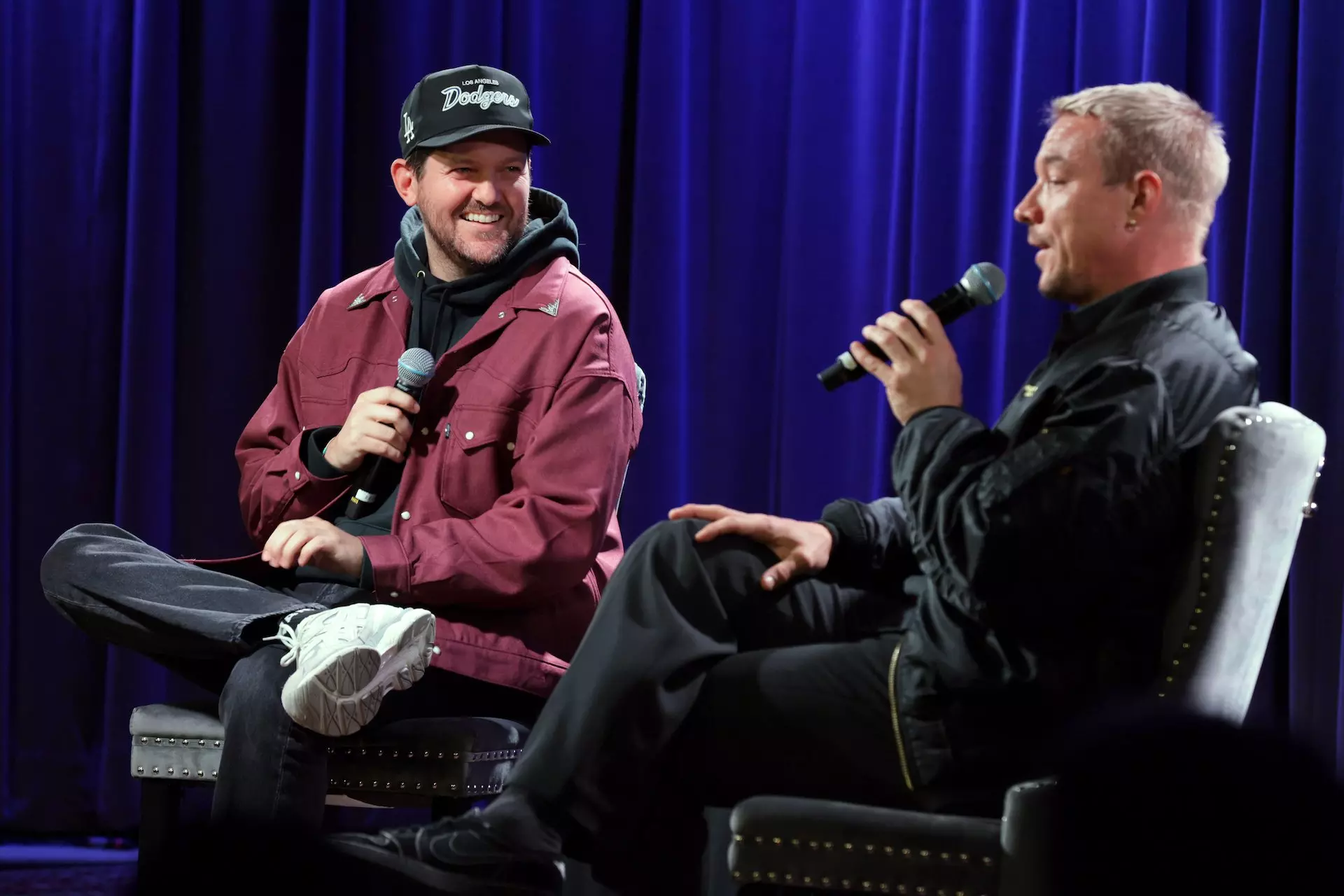
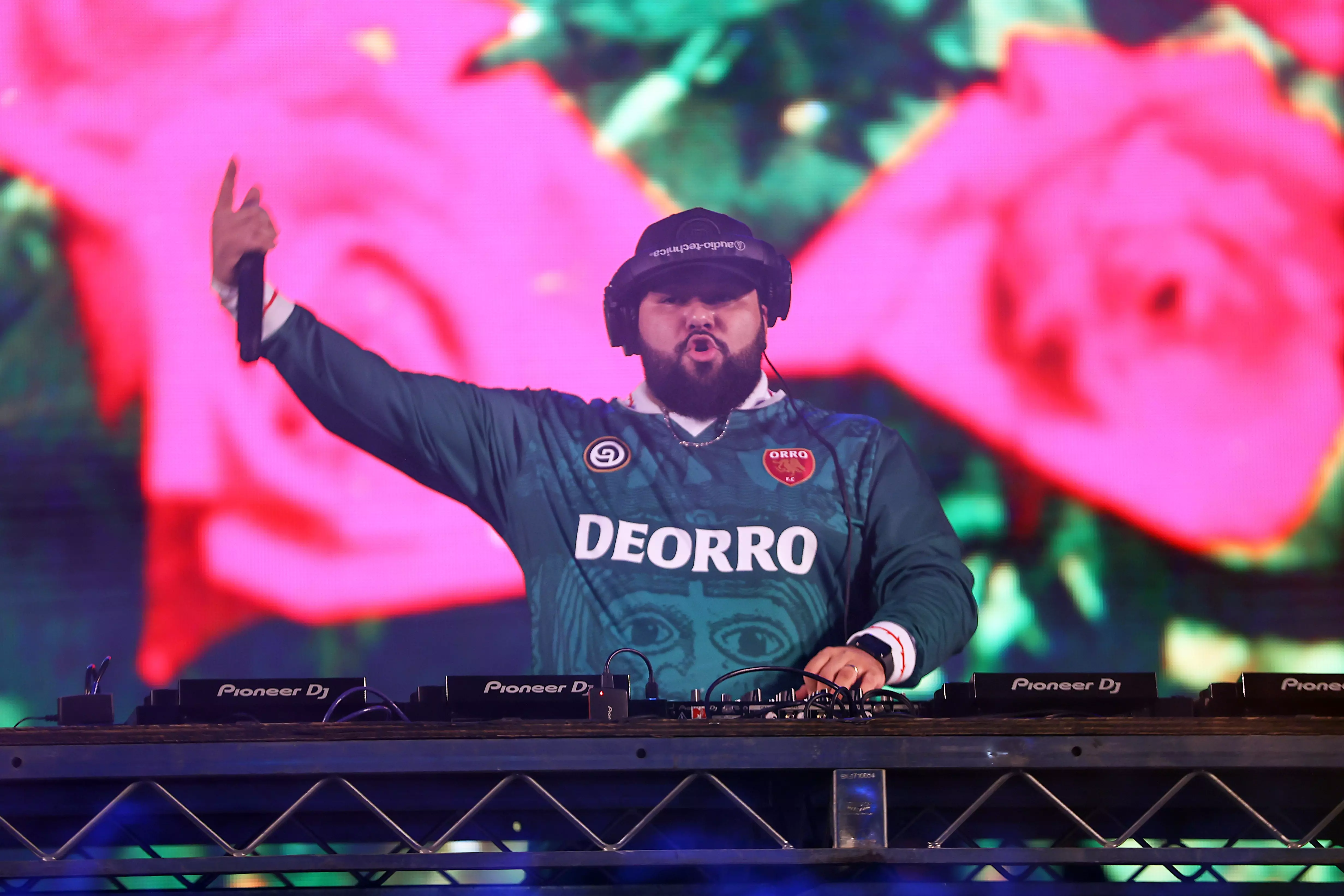
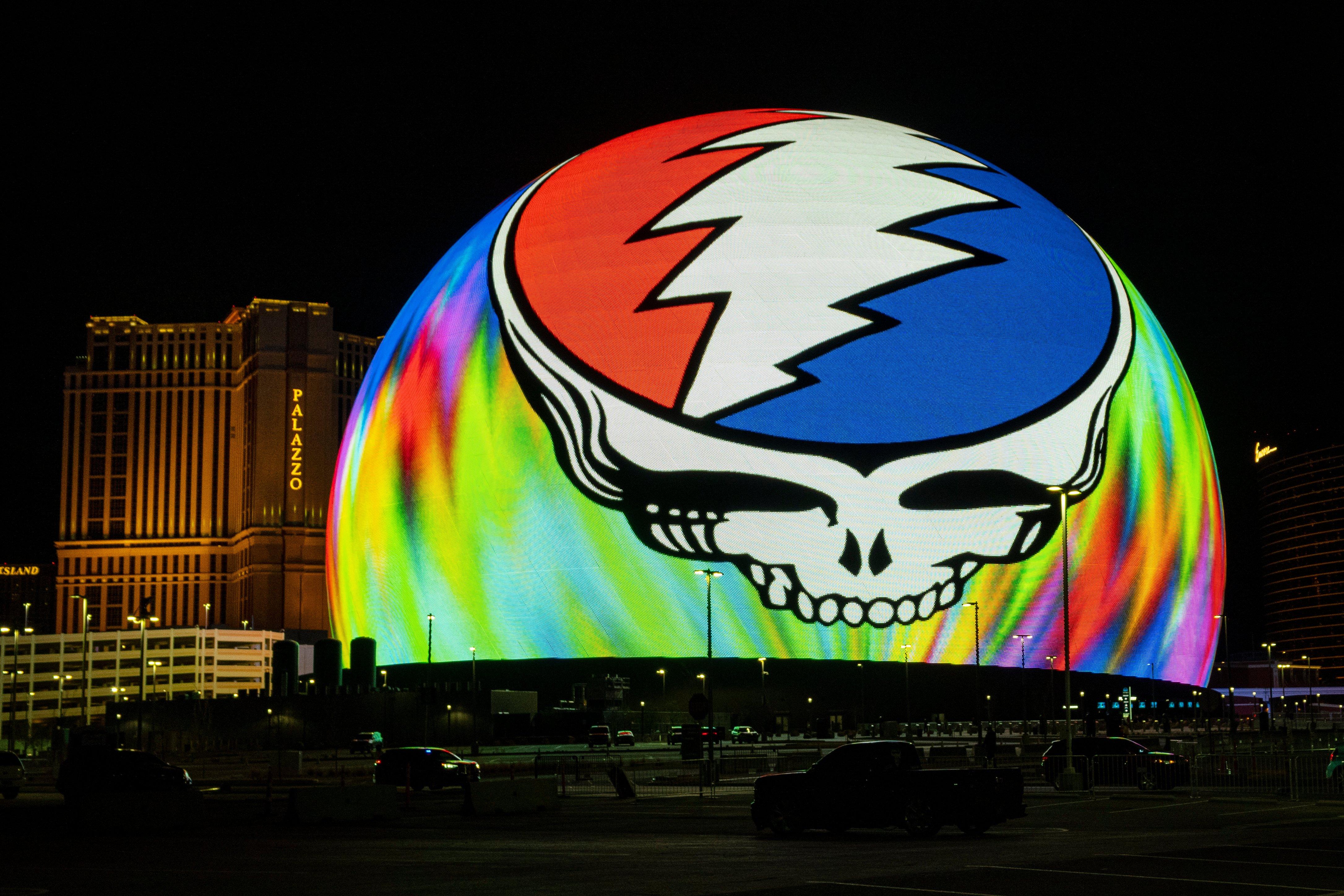



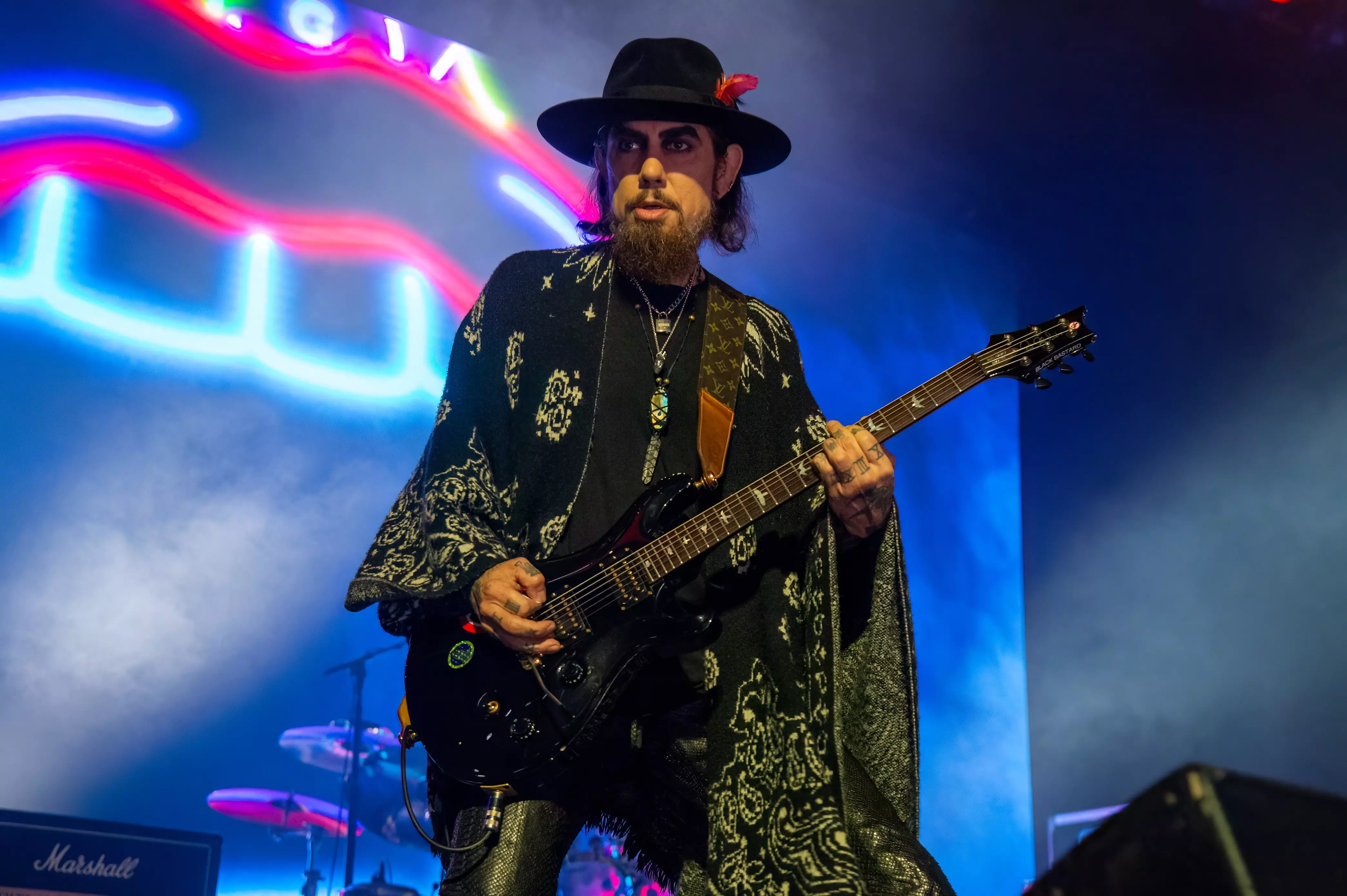
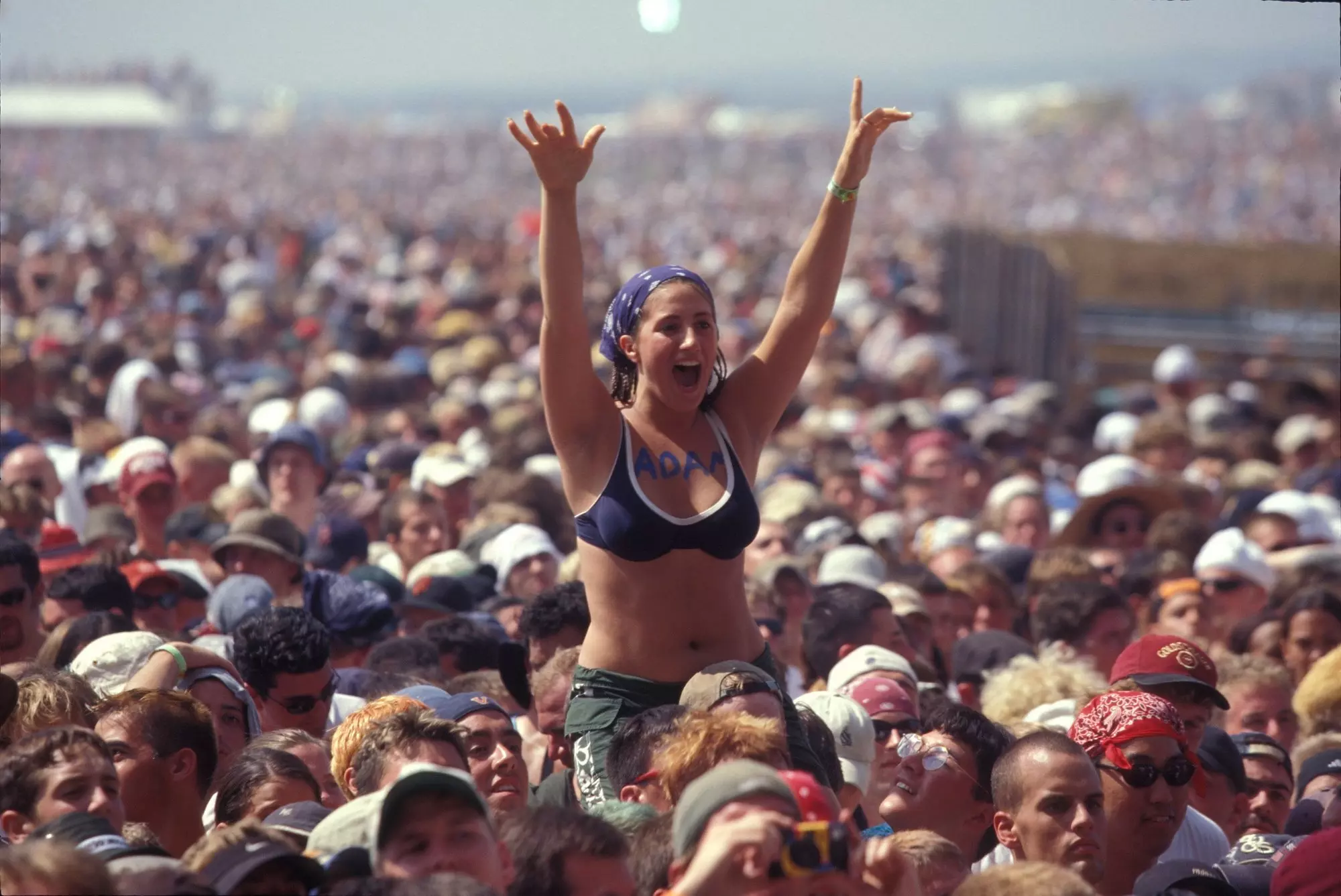
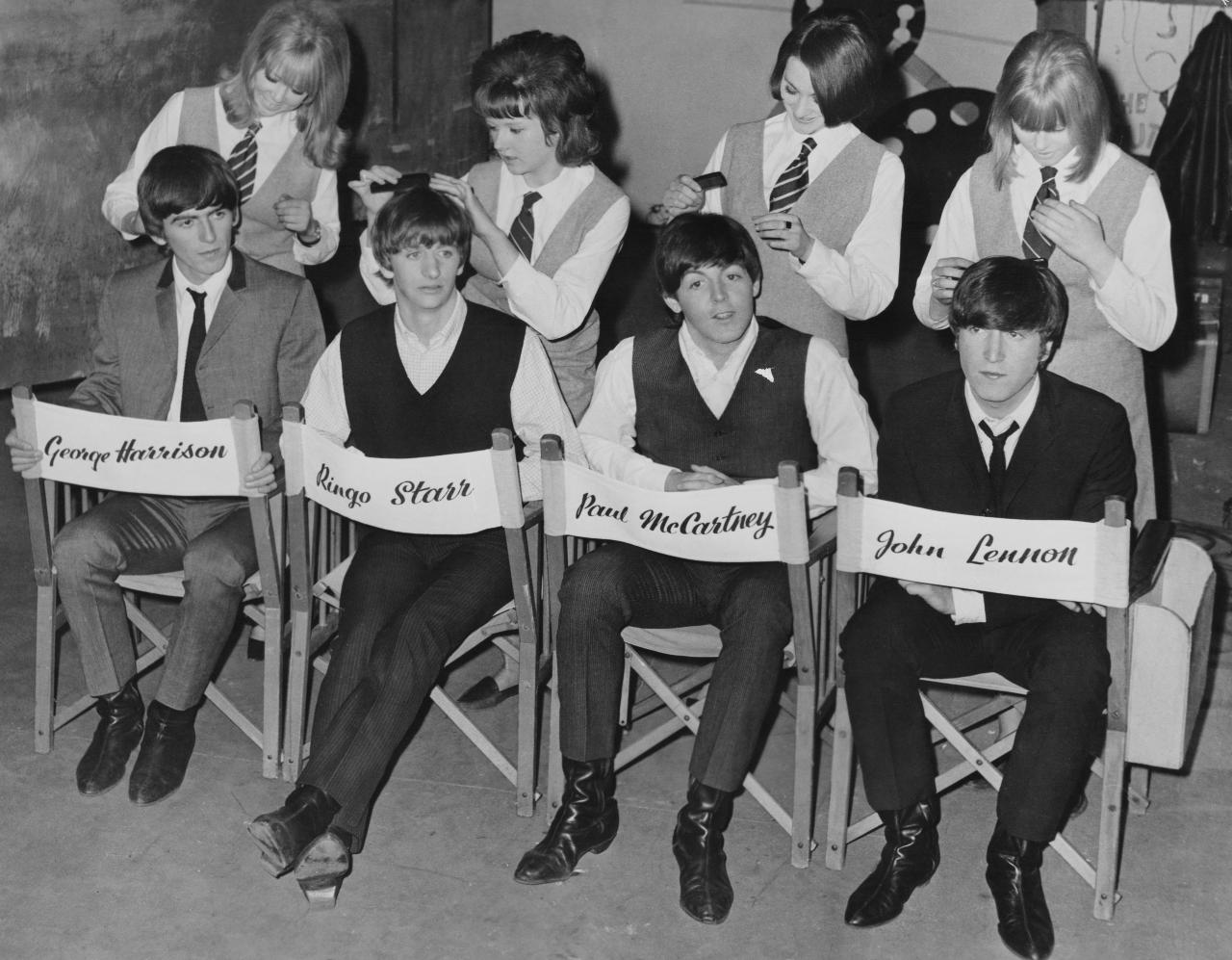
.webp)

